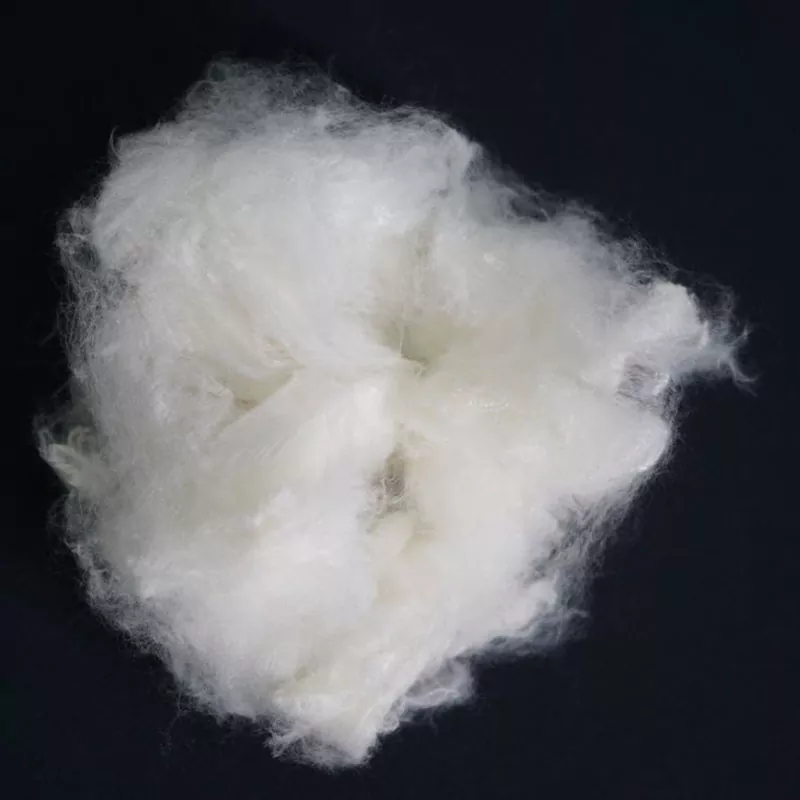Aramid Fiber: The High-Performance Material Shaping Modern Industry
2025-06-20
In the realm of advanced materials, aramid fiber stands out as a superstar known for its exceptional strength, heat resistance, and lightweight properties. Used extensively in aerospace, military, automotive, and protective gear applications, aramid fiber is transforming industries by offering solutions that require durability without compromising on weight.

What is Aramid Fiber?
Aramid fibers are a class of synthetic fibers characterized by their aromatic polyamide molecular structure. The most well-known types include Kevlar (developed by DuPont) and Twaron. These fibers boast outstanding tensile strength and are inherently flame-resistant, making them ideal for demanding environments.
Key Properties of Aramid Fiber
High Tensile Strength: Aramid fibers are five times stronger than steel by weight, providing excellent resistance to impact and stretching.
Heat and Flame Resistance: They can withstand temperatures up to 500°C (932°F) without melting, making them ideal for fire-resistant applications.
Lightweight: Despite their strength, aramid fibers are incredibly light, contributing to efficiency and comfort in wearable and structural applications.
Chemical Resistance: Resistant to many chemicals, oils, and solvents, aramid fibers maintain performance in harsh environments.
Low Electrical Conductivity: Making them suitable for electrical insulation and protective clothing.
Applications of Aramid Fiber
Personal Protective Equipment
Used in bulletproof vests, helmets, gloves, and firefighter gear, aramid fibers provide life-saving protection with minimal bulk.
Aerospace and Automotive
Aramid fiber composites reduce weight while enhancing strength and impact resistance in aircraft parts, race cars, and high-performance vehicles.
Ropes and Cables
Their strength and durability make them ideal for mooring lines, parachute cords, and marine ropes.
Sports Equipment
From tennis racquets to bicycle tires, aramid fibers improve durability and performance.
Industrial Applications
Used in gaskets, conveyor belts, and composite materials that require high strength and thermal stability.
Advantages Over Other Fibers
Compared to glass or carbon fibers, aramid fibers offer better impact resistance and flexibility, making them more suitable for applications where toughness and vibration absorption are critical.
Challenges and Considerations
Aramid fibers can be sensitive to UV light and moisture over time, requiring protective coatings or blending with other materials. They also tend to be more expensive than conventional fibers, but their performance benefits often justify the cost in critical applications.
Conclusion
With its remarkable strength, heat resistance, and versatility, aramid fiber is a material that continues to push the boundaries of what’s possible in engineering and protective solutions. As industries demand smarter, safer, and lighter materials, aramid fiber remains at the forefront — powering innovations that protect lives and improve performance across the globe.


